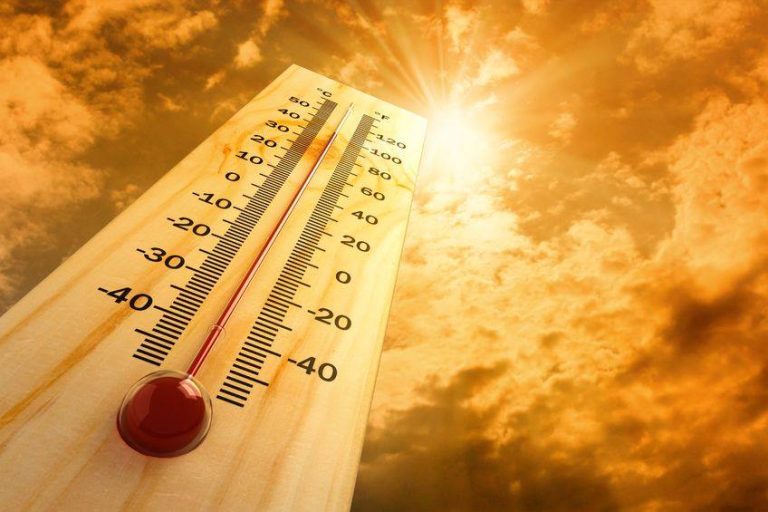Heat stroke is a severe heat-related illness that occurs when the body’s temperature regulation fails, leading to an excessively high body temperature. It is a medical emergency that can be fatal or cause long-term complications if not treated promptly. As global temperatures rise and heatwaves become more frequent, understanding how to prevent heat stroke is crucial for everyone. This article outlines effective strategies to protect yourself and others from this potentially deadly condition.
Understanding Heat Stroke
Heat stroke occurs when the body overheats, typically due to prolonged exposure to high temperatures or strenuous physical activity in hot weather. The body’s natural cooling mechanisms, such as sweating and blood circulation, become overwhelmed, causing the body’s core temperature to rise dangerously. Unlike heat exhaustion, heat stroke is more severe and can result in organ damage, brain injury, or death if not treated immediately.
Symptoms of Heat Stroke:
- High body temperature (104°F or higher)
- Hot, dry skin or profuse sweating
- Rapid heartbeat
- Nausea or vomiting
- Confusion, agitation, or slurred speech
- Loss of consciousness
- Seizures
Recognizing these symptoms early and taking immediate action is vital to prevent further harm.
Preventing Heat Stroke
1. Stay Hydrated
One of the most effective ways to prevent heat stroke is to stay hydrated. When the body loses water through sweating, it also loses essential electrolytes that help regulate body temperature. Drinking plenty of fluids, especially water, helps maintain the body’s hydration levels and prevents overheating.
- Drink Water Regularly: Aim to drink at least 8-10 glasses of water per day, and increase your intake during hot weather or physical activity.
- Avoid Dehydrating Beverages: Limit or avoid drinks like alcohol, caffeine, and sugary sodas, which can dehydrate the body.
- Consume Electrolytes: If you’re sweating heavily, consider consuming drinks with added electrolytes, such as sports drinks, to replenish lost salts and minerals.
2. Wear Appropriate Clothing
The type of clothing you wear can significantly impact your body’s ability to regulate temperature. Choosing the right clothing can help you stay cool and reduce the risk of heat stroke.
- Wear Lightweight and Loose-Fitting Clothes: Lightweight, loose-fitting clothing allows air to circulate around the body, aiding in the evaporation of sweat and cooling the body.
- Opt for Light-Colored Fabrics: Dark colors absorb more heat, while light-colored clothing reflects sunlight and helps keep you cool.
- Use Sun Protection: Wear a wide-brimmed hat, sunglasses, and apply sunscreen with a high SPF to protect your skin from the sun’s harmful rays.
3. Plan Outdoor Activities Wisely
When the temperature is high, it’s essential to plan your outdoor activities carefully to avoid the peak heat of the day.
- Avoid Midday Sun: The sun’s rays are strongest between 10 a.m. and 4 p.m. If possible, schedule outdoor activities for the early morning or late afternoon when temperatures are cooler.
- Take Regular Breaks: If you need to be outside, make sure to take breaks in shaded areas or go indoors to cool off and rehydrate.
- Gradually Acclimate to the Heat: If you’re not used to hot weather, give your body time to adjust by gradually increasing your exposure to heat over several days.
4. Keep Indoor Spaces Cool
Maintaining a cool indoor environment is crucial, especially during heatwaves or when temperatures soar.
- Use Fans and Air Conditioning: Fans can help circulate air, while air conditioning can lower indoor temperatures. If you don’t have air conditioning, consider spending time in public places like malls, libraries, or cooling centers.
- Close Curtains and Blinds: Keep curtains and blinds closed during the day to block out the sun’s heat and reduce indoor temperatures.
- Avoid Using Heat-Generating Appliances: Limit the use of ovens, stoves, and other heat-producing appliances during the hottest part of the day.
5. Monitor Your Health
Pay attention to how your body responds to the heat, and take action if you start to feel unwell.
- Listen to Your Body: If you begin to feel dizzy, weak, or excessively sweaty, move to a cooler place, rest, and drink water.
- Check on Vulnerable Individuals: Elderly people, young children, and those with chronic health conditions are more susceptible to heat stroke. Ensure they are staying cool and hydrated, and check on them frequently during hot weather.
- Know When to Seek Help: If you or someone else shows signs of heat stroke, seek medical attention immediately. Heat stroke is a medical emergency that requires prompt treatment.
Long-Term Prevention Strategies
1. Adapt Your Lifestyle
In areas prone to high temperatures, adapting your lifestyle can help reduce the risk of heat-related illnesses.
- Adopt a Cool-Friendly Diet: Incorporate foods that help cool the body, such as fruits and vegetables with high water content like watermelon, cucumber, and oranges.
- Stay Informed: Keep up to date with weather forecasts and heat advisories. Knowing when a heatwave is coming allows you to take precautions in advance.
- Invest in Cooling Products: Consider using cooling towels, wearable fans, or cooling mats that can help regulate body temperature during hot weather.
2. Educate Yourself and Others
Raising awareness about the dangers of heat stroke and the importance of prevention can save lives.
- Educate Your Community: Share information about heat stroke prevention with family, friends, and community members. Encourage others to take the necessary precautions during hot weather.
- Prepare for Emergencies: Learn basic first aid for heat stroke and ensure you know the signs and symptoms. Being prepared can make a significant difference in an emergency.


